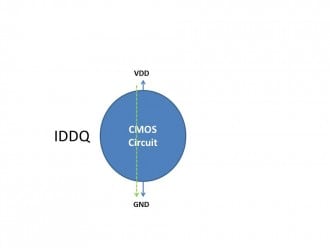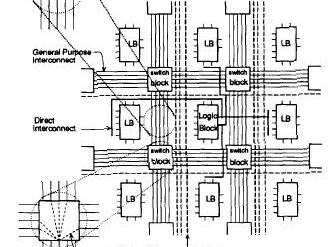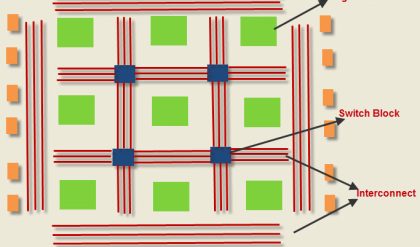TABLE OF CONTENTS
Introduction
An arithmetic logic unit (ALU) is a digital circuit used to perform arithmetic and logic operations. It represents the fundamental building block of the central processing unit (CPU) of a computer. Modern CPUs contain very powerful and complex ALUs. In addition to ALUs, modern CPUs contain a control unit (CU).
The purpose of the ALU is to perform mathematical operations such as addition, subtraction, multiplication and division. Additionally, the ALU processes basic logical operations like AND/OR calculations. It serves as the computational hub of the Central Processing Unit (CPU) for a computer system
In detail
So with the above building blocks i.e. half adder and full adder discussed in Combinational Analysis, lets construct a simple ALU that performs a arithmetic operation (1 bit addition) and does 3 logical operations namely AND, NOR and XOR as shown below. The multiplexer selects only one operation at a time. The operation selected depends on the selection lines of the multiplexer as shown in the truth table.
Input = M0,M1 & Output = Operation
| M0 | M1 | Operation |
| 0 | 0 | SUM |
| 0 | 1 | AND |
| 1 | 0 | OR |
| 1 | 1 | XOR |
Now you can take up the 1 bit ALU as block and construct a 4 bit ALU, which performs all the functions of the 1 bit ALU on the 4 bit inputs. Thus a single building block can be constructed and used recursively. The inputs A and B are four bits and the output is 4 bit as well. Figure below illustrates it:

There are a few important takeaways here:
The selection lines MO and M1 select the function ALU performs. These selection lines combined with the input arguments and desired functions, an Instruction Set can be formed.
These Instructions can used to create meaningful programs. Since these are required to be easily available, they can be stored on ROM unit.
The input arguments A and B are often stored in Internal Registers. These along with other special purpose register form the registers of the microcontroller.
ROM memories are slower in speed, hence an intermediate high speed RAM is often used.
All the critical timings, decoding of the instructions are often grouped together in seperate control and timings unit.
If a Micro controller would be constructed only from ALU, RAM and ROM, there would not be any external interface. Hence, you now have Input/Output (I/O) ports.
Additional features such as Interrupts, communication protocols, EEPROM, Timers/Counters, Debug interfaces etc. are incorporated to make a controller complete.
In above discussion you might have left out intricate details involved in an ALU, CPU design. But the aim was to understand ALU/CPU at a deeper level.






Comments are closed.